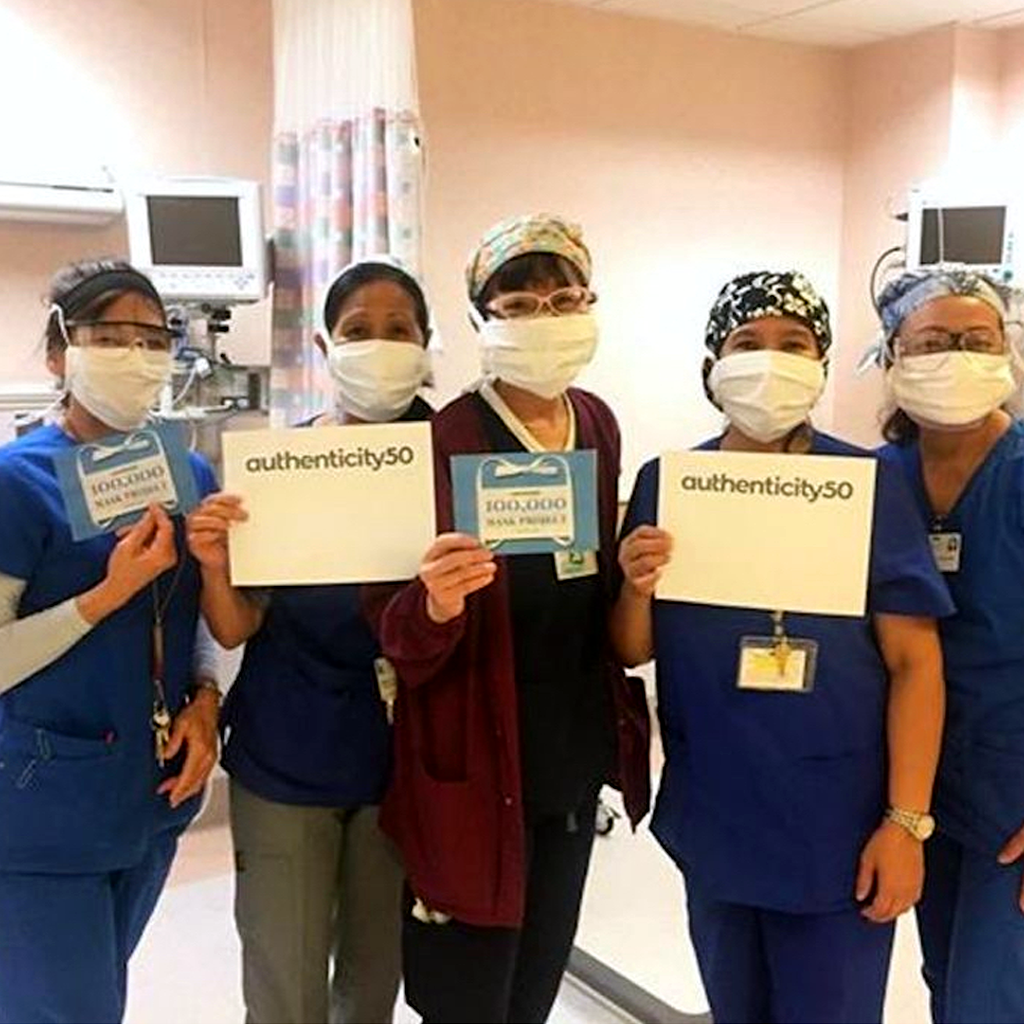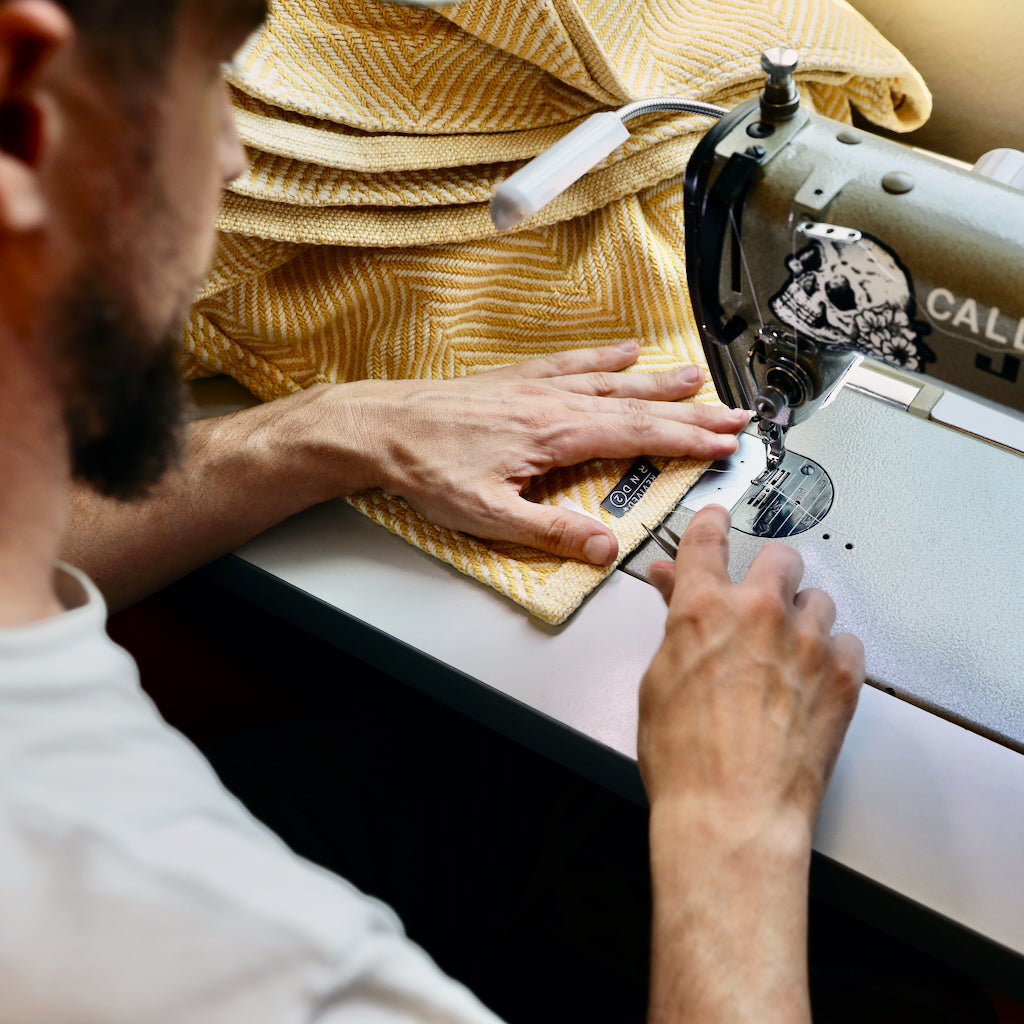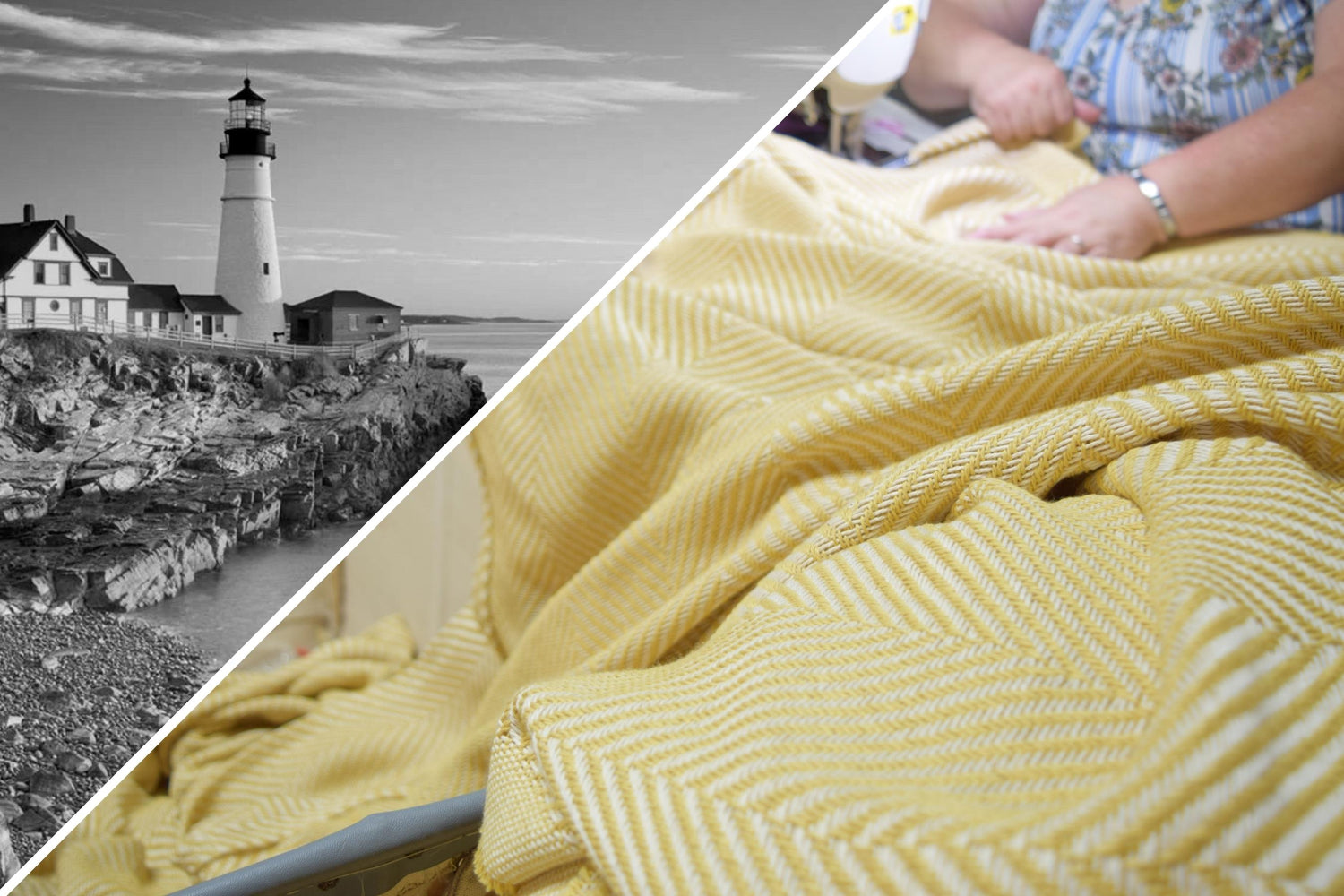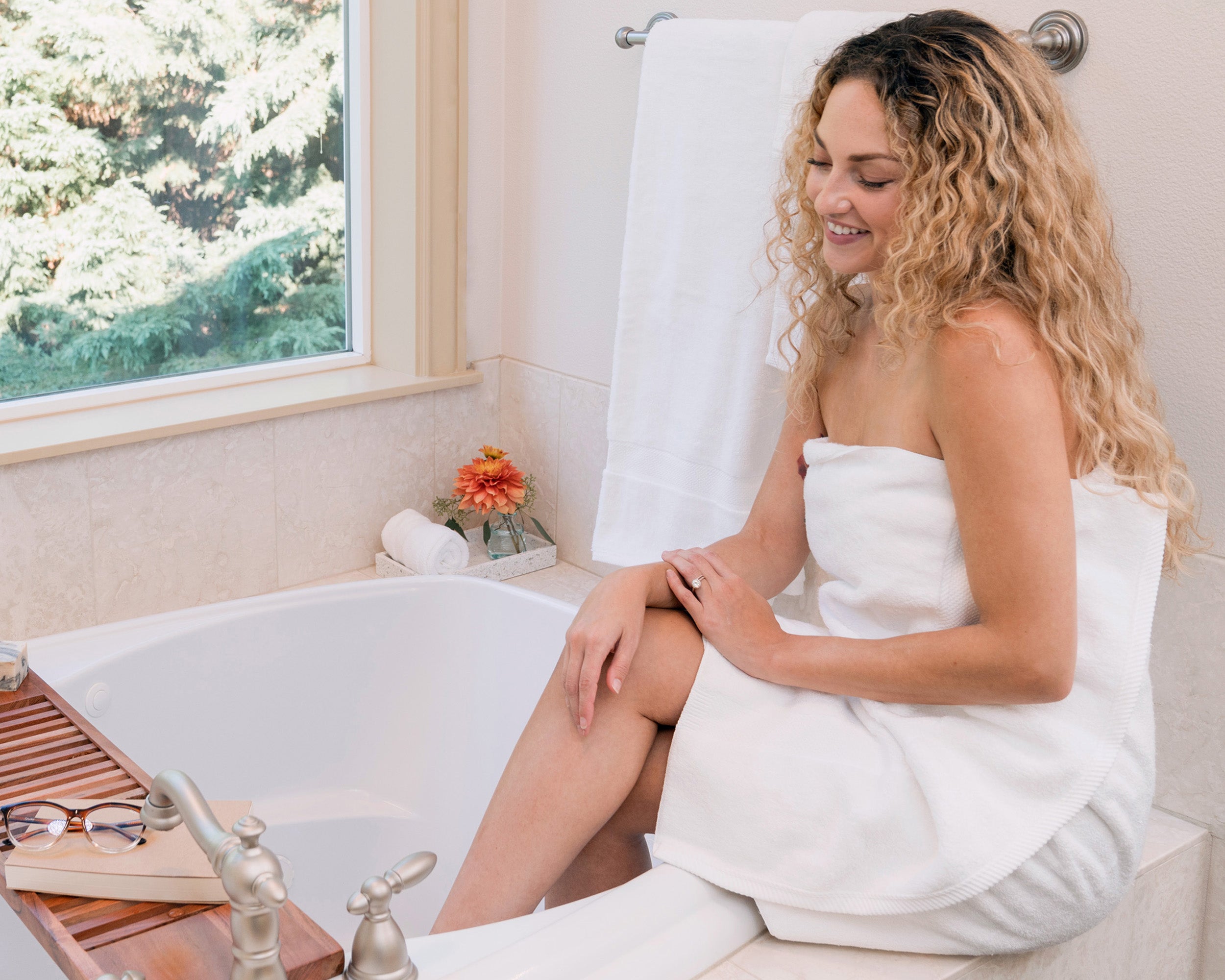When looking for the best blanket weavers in the country to make our Heritage Blankets, our search quickly landed us in the beautiful state of Maine. For good reason. The mill we came across has history dating back to 1850 and at one point was one of the largest textile producers in the entire world.
The increase in cheaper, foreign competition over the last few decades led to the dramatic offshoring and outsourcing of the U.S. textile industry, leaving mills like this one a mere memory in history. Sadly, the original mill closed its doors in the 1990's...but not for long. In the early 2000's a group of former employees, led by a father/daughter team, re-opened the mill and cranked the looms back up!
The re-opening of the mill not only restored jobs for many folks previously laid-off, it effectively preserved centuries-old weaving techniques, passed down from generation to generation. When we heard the story, we knew we had found the best makers in the world to craft our Heritage Blankets. If you think the mill's history is impressive, you're in for a real treat. Keep reading as we breakdown the steps of making the best blanket here in the USA!
Step 1: Cotton Yarn, Grown here in America
It's the foundation for most of our products. We picked 100% cotton for Authenticity50 Heritage Blankets because it is one of the all-around best materials. You can see our report here to get the take on how cotton compares to wool & fleece blankets.
The yarn is delivered to the mill on cones. Once the mill has these cones of yarn, they'll start preparing them to create section beams (more on this below). The mill will also dye some of these cone yarns to our color specs. Authenticity50 Heritage Blankets come in 5 gorgeously bold, earthy tones.
Step 2: Preparing the Section Beams
When preparing section beams the mill will use a whole lot of yarn cones (104 to be exact). Each cone supplies thread that is rolled onto a huge section beam that spins super fast. Seriously, it spins really really fast. This is done continuously until the beam is full. Each beam holds more than 500,000 yards of yarn!

Step 3: Creating the Warps
Once the section beams are complete, it's time to create the warps. The warps will essentially be used to create the foundation of the blanket during the weaving process. The warp yarn usually doesn't have any color. We'll explain more about this below. It take 5 section beams to create just 1 warp...adding up to 520 cones of yarn. Can you imagine how heavy this thing is? It's usually moved around the facility via forklift.

Step 4: Setting-Up the Looms
Our manufacturing partner has 7 looms in operation, with over 20 workers running the day-to-day. Setting up the loom is one of the most time intensive steps of the whole manufacturing process.
A worker has to precisely align each individual thread from the warp with the loom. Workers will then use multiple cones of dyed yarn to create the weft on the loom. This can take multiple hours. But once they are set-up correctly, the looms can push out some impressive numbers and will run for long hours or even days. 
Step 5: Weaving the Fabric
Now comes the fun part! It's time to weave everything we've done in the prior steps into an actual product. We mentioned above that the warp serves as the foundation. The weft serves as the insertion which goes in between the warp yarns to create a pattern and tight weave.
If you remember your U.S. history lessons you might recall the term "flying shuttle." On older looms a "flying shuttle" is how the weft yarn would be sent through the warp yarn at incredible speeds to create fabric. Upgrades in technology replaced the "flying shuttle" with high pressured air or water. The looms that make our Heritage Blankets utilize high pressured air to weave. You can see this in action below. These looms weave 1 yard of fabric every 3 minutes!

Step 6: Cutting & Sewing into Blankets
As the loom continuously weaves, the new fabric that is made is rolled onto a rod. Each roll of fabric is then sent to the cut & sew room. Skilled craftsmen cut the fabric to our specific dimensions and then sew the edges in, creating a soft, yet durable fabric that will last decades. After being inspected, every finished piece of fabric formally becomes an Authenticity50 Heritage Blanket once the Seed-to-Stitch® label is sewn in, not a second sooner.
Every Authenticity50 product has a story. Our Heritage Blankets tell a story of perseverance and dedication to a skilled trade. But we don't just make our Heritage Blankets in Maine to have a cool story. We make them in Maine because our partners make the best blankets. A blanket you can take to the beach, a blanket you can wrap-up in on those chilly evenings by the fire, a blanket you'll cherish for many many years - up until the day it get's passed down to the next generation.










Leave a comment
This site is protected by hCaptcha and the hCaptcha Privacy Policy and Terms of Service apply.